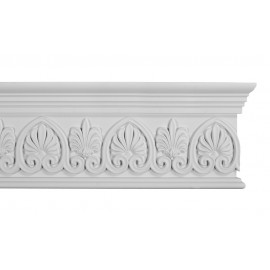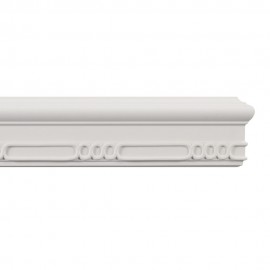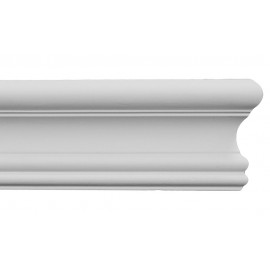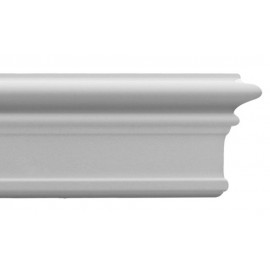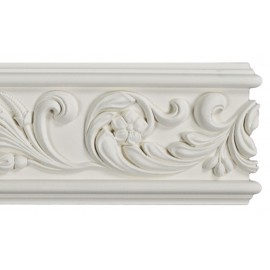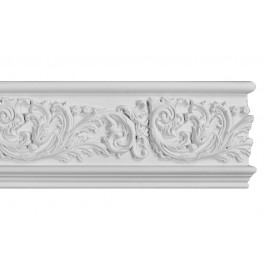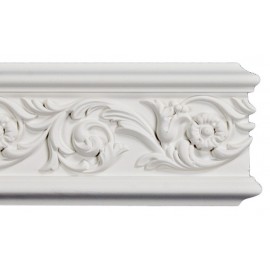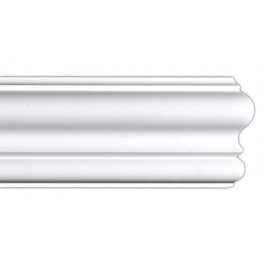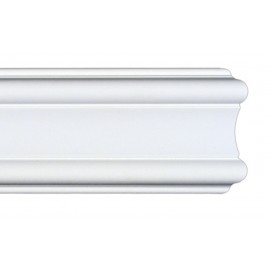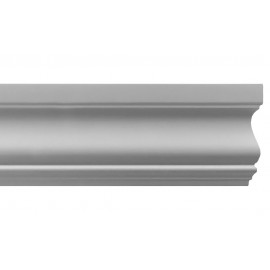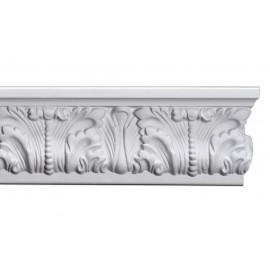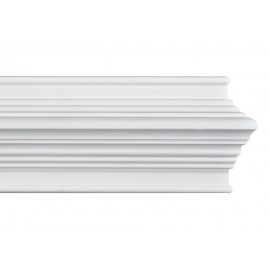No products
Primed White
- Bath
- Decorative Wood
- Flooring
- Furniture
- Kitchen
- Moldings
- Outdoor
- Stair Parts
-

Bona Pro Series Stone, Tile and Laminate Floor Cleaner - 32 oz. - WM700051188
Professional strength to clean all...
$12.49 $12.49
Primed White There are 176 products.
DM-8014 Flat Molding
DM-8014 Flat Molding 7¾" Height 1½" Width 96" Length Delivery Time: 3 to 7 Business DaysColor: White PrimerMaterial: Polyurethane
$59.99In StockDM-8034 Flat Molding
DM-8034 Flat Molding 3⅝" Height 1⅜" Width 96" Length Delivery Time: 3 to 7 Business DaysColor: White PrimerMaterial: Polyurethane
$37.49In StockFM-5505 Flat Molding
FM-5505 Flat Molding 3½" Height 1" Width 94½" Length Delivery Time: 3 to 7 Business DaysColor: White PrimerMaterial: Polyurethane
$18.74In StockFM-5512 Flat Molding
FM-5512 Flat Molding 5" Height 1½" Width 96" Length Delivery Time: 3 to 7 Business DaysColor: White PrimerMaterial: Polyurethane
$43.74In StockFM-5518 Flat Molding
FM-5518 Flat Molding 4¾" Height ½" Width 96" Length Delivery Time: 3 to 7 Business DaysColor: White PrimerMaterial: Polyurethane
$31.23In StockFM-5551 Flat Molding
FM-5551 Flat Molding 7" Height 1" Width 96" Length Delivery Time: 3 to 7 Business Days Color: White Primer Material: Polyurethane
$69.85In StockFM-5707 Flat Molding
FM-5707 Flat Molding 4¼" Height ¾" Width 94½" Length Delivery Time: 3 to 7 Business DaysColor: White PrimerMaterial: Polyurethane
$31.23In StockFM-5720 Flat Molding
FM-5720 Flat Molding 3⅛" Height ⅞" Width 96" Length Delivery Time: 3 to 7 Business DaysColor: White PrimerMaterial: Polyurethane
$18.74In StockFM-5726 Flat Molding
FM-5726 Flat Molding 3⅛" Height ¾" Width 96" Length Delivery Time: 3 to 7 Business DaysColor: White PrimerMaterial: Polyurethane
$18.74In StockFM-7000 Flat Molding
FM-7000 Flat Molding 3½" Height ¾" Width 96" Length Delivery Time: 3 to 7 Business DaysColor: White PrimerMaterial: Polyurethane
$22.49In StockFM-7215 Flat Molding
FM-7215 Flat Molding 3½" Height 1" Width 96" Length Delivery Time: 3 to 7 Business DaysColor: White PrimerMaterial: Polyurethane
$24.99In StockWR-9093 Ceiling Relief Set
WR-9093 Ceiling Relief Set 3" Height 1¼" Width 94½" Length Delivery Time: 3 to 7 Business DaysColor: White PrimerMaterial: Polyurethane
$24.99In Stock












